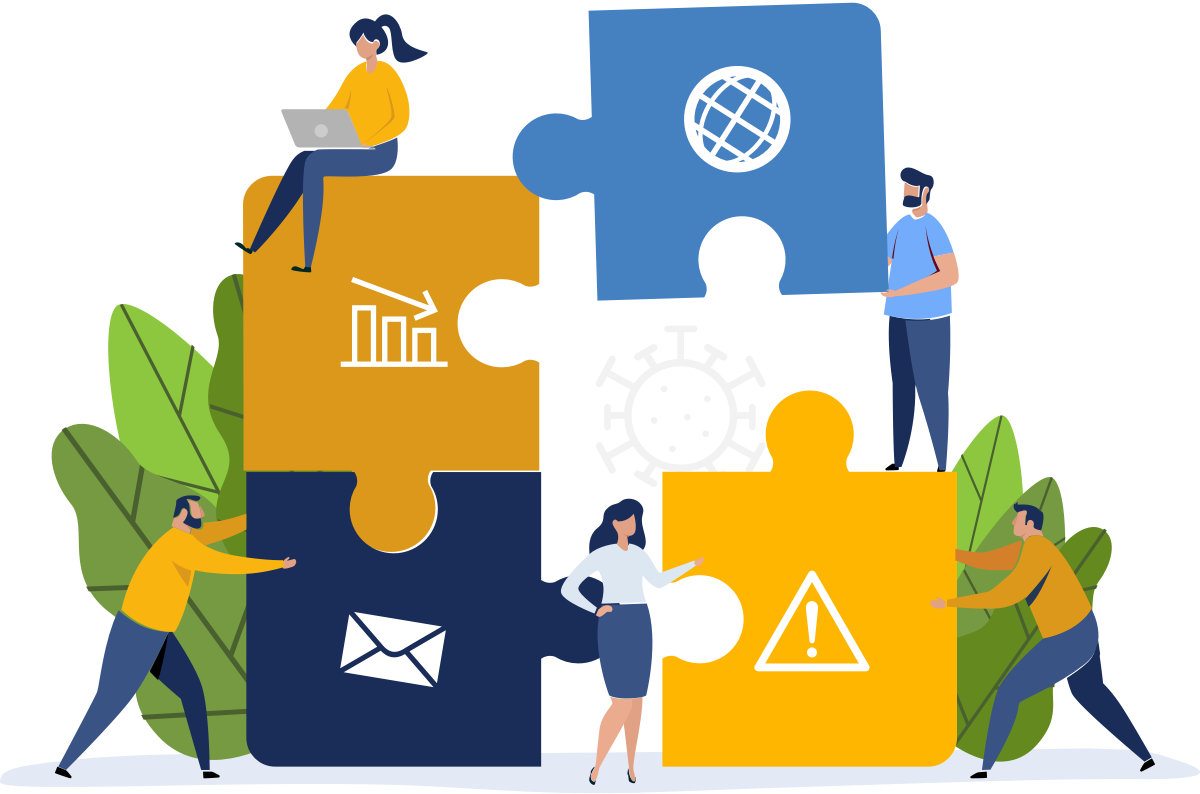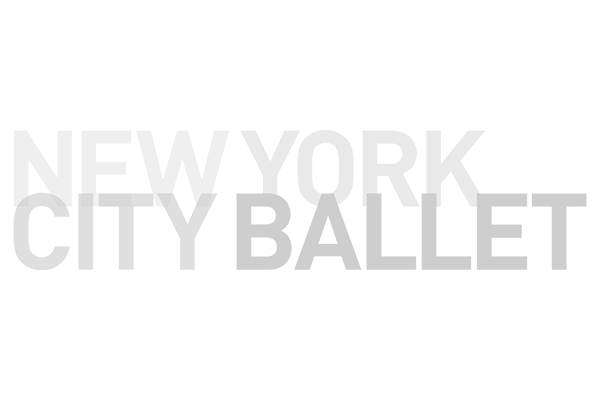Authentic Donor Relationships. Created Here.
Our mission is to provide mid, major and planned giving management strategies and services to non-profit organizations worldwide that result in higher donor retention and value.
Get better results from your major gift fundraising
VERITUS CAN HELP
See how Veritus works with clients on a regular basis to produce solid increases in funding year over year.
Veritus Group Academy
HELPING YOU BUILD AUTHENTIC DONOR RELATIONS
Are you in search of training that will inspire you, yet give you the tools to help you be the best in your daily work? You need Veritus Group Academy. VGA is far more than an online course – it’s your source for major gift fundraising training at all levels of your organization.
Reduce Value Attrition & Increase Donor Retention

What challenges do you face today?
Major gift fundraising is one of most important pursuits you can undertake. But it’s also one of the most challenging!
- Are your donors leaving out the back door almost as quickly as they come in the front?
- Are you wondering how to manage a major gift team, or even how to set one up for the first time
- Does the complexity of planned giving overwhelm – or even scare you?
Find the services YOU need.
Fundraising works best when you create lasting partnerships with your donors to help them change the world through their giving. Major donor programs accomplish this best when they have trained staff who qualify donors, make individual plans and goals for those donors, and are held accountable for carrying out those plans. You can engage with us in a variety of ways:
Mid and Major Gift Programs (Training, Planning and Management)
Our job is to help you create authentic donor relationships and make you successful in your work.
Donor Impact Portfolio
What are you offering to donors that will inspire them to give transformative gifts? We help you develop compelling offers that is contained in your current budget.
Strategic Planning – Organizational Development
We can help you develop a long-term strategic plan and make sure your organization is functioning properly.
Enterprise Partnership
Enterprise Partnership unifies fundraisers, establishes a consistent organizational culture, and implements a proven system to focus on global needs.
Some of the clients we have been privileged to serve










Training to help you build authentic donor relationships
Veritus Group Academy is your complete source for major gift fundraising training. In addition to choosing from our comprehensive menu of highly acclaimed online courses, you can take advantage of customized trainings, group coaching, and individual coaching.
Take your program to the next level
Veritus Group Academy’s courses are more than skills workshops; you will learn how to improve your entire non-profit’s approach to major donor fundraising.
Gain tools to use for years to come
Veritus Group’s tools for major gift work will be applicable in your work for your entire career.
Learn skills for your own professional development
Completion of Veritus Group Academy courses will be a significant addition to your resume and skill set.
SUCCESS STORIES
See how our proven practices make a difference
Are you making an impact on the lives of your donors and changing the world with your mission? You can do this by developing meaningful relationships with your donors and create or build a successful major gift program. We’ve helped dozens of non-profits do this… and the results are remarkable!
Success Story
Holt International
Holt had over 2,000 passionate donors, child sponsors and adoptees. How could they manage relationships with only two development officers?
READ MORE
Success Story
White Horse Inc.
The organization had an ambitious CEO but no development staff. How could they capitalize on the potential of their major donors?
READ MORE
Success Story
Salvation Army Intermountain
After huge staff turnover, the development staff needed training and a common language. Veritus stepped in to help.
READ MORE
Success Story
American Cancer Society
A national organization with too few major gift officers, 1/3 of existing donors were leaving each year. Veritus helped them build their staff and strengthen donor pipeline.
READ MORE

FREE White Paper
What touches your donor’s
heart to motivate a gift?
When you discover a donor’s passions and interests, you tap into a deep well. You’ll find connections to programs and projects that make a real difference in the world – a difference that the donor cares about in a very specific way.
This FREE White Paper helps you discover these motivations and apply this knowledge to your practice of fundraising.


